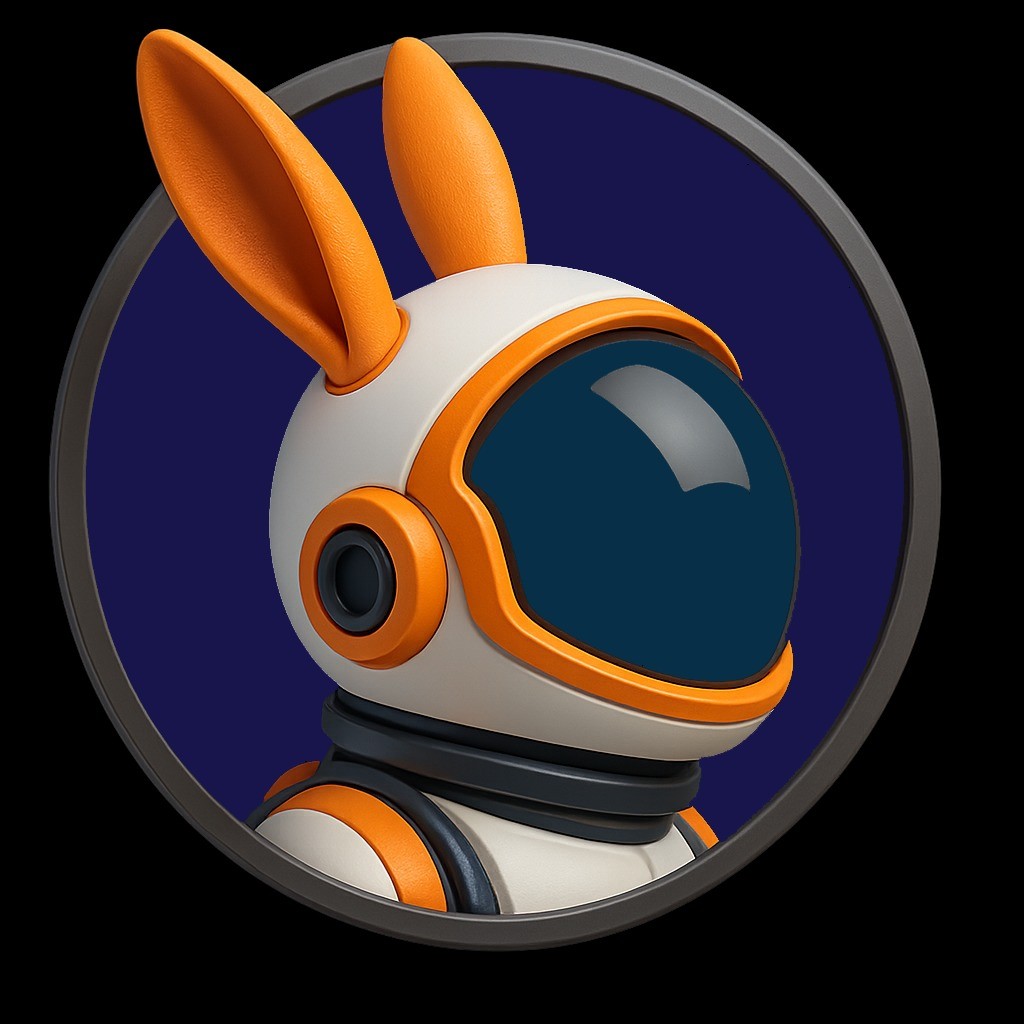Welcome to my profile! I'm Didier Van Canneyt, the founder of Busimatch.club, a pioneering crypto business matching website designed to connect and elevate businesses within the cryptocurrency sector.
*About Busimatch.club*
Busimatch.club is a platform that revolutionizes the way crypto businesses find and collaborate with each other. By leveraging advanced tools from Sphynxlabs.com, we provide a seamless and efficient experience for our users. These tools enhance the platform's functionality, ensuring that businesses can easily match and form productive partnerships.
*Innovative Features and Member Benefits*
One of the unique aspects of Busimatch.club is our commitment to rewarding loyal members with the Bt token and the shops full of digital products.
*Our Vision*
At Busimatch.club, our vision is to create a thriving hub where businesses & clubs can connect, grow, and succeed together with their contacts in real life. We believe in the power of strategic partnerships and the importance of a robust support system, which is why we continuously innovate and enhance our platform.
I invite you to join us at Busimatch.club and be part of a dynamic and forward-thinking community. Let's elevate the crypto industry together, leveraging the best tools and resources available to create lasting value and opportunities.
Thank you for visiting my profile. I look forward to connecting with you and exploring the possibilities that lie ahead.















